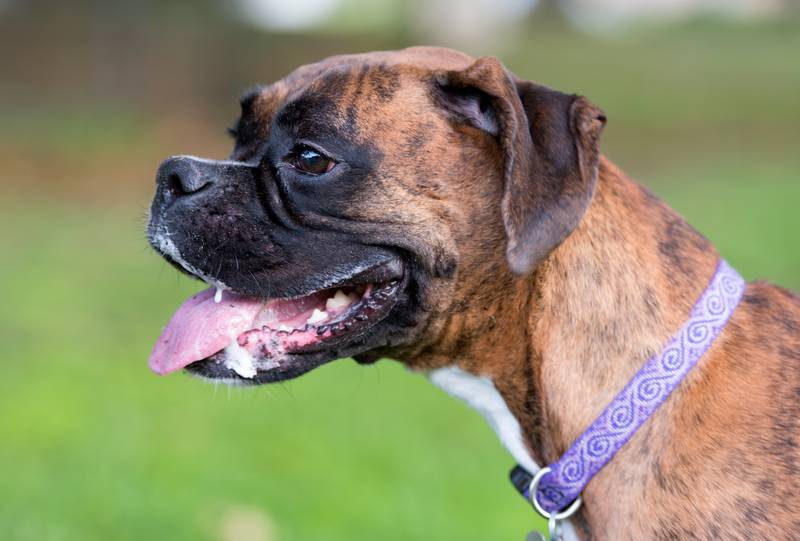How Much Exercise Does a Whippet Need? Vet-Reviewed Breed Facts & Tips
By Grant Piper
Updated on
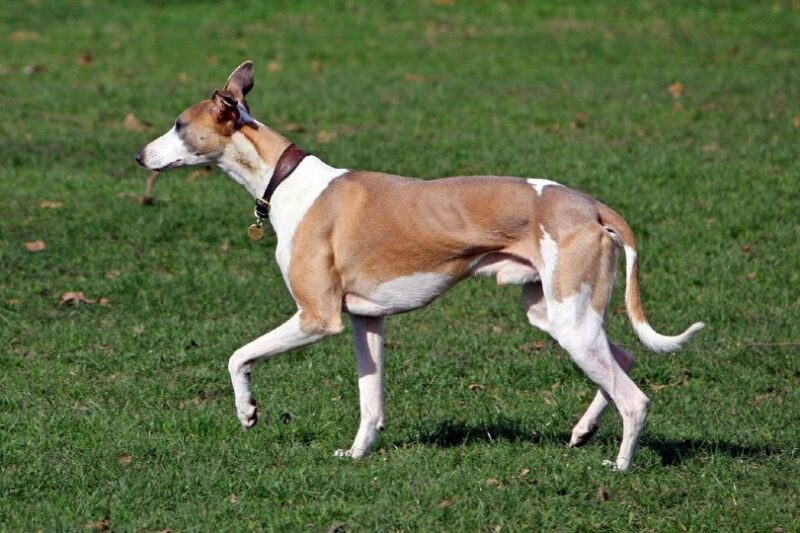
Click to Skip Ahead
Whippets are popular dogs prized for their unique look and hunting pedigree. But how much exercise does a Whippet need? This is an important question that many people don’t ask until they are already enamored with the breed or have already obtained one. Since Whippets are hunting dogs, they need a lot of exercise, both mental and physical. Keeping up with your Whippet’s exercise needs is very important to have a calm, trainable, and manageable dog. Here is everything you need to know about Whippets and their exercise needs.
Whippet Exercise Needs
Experts say that Whippets need an average of one hour of exercise per day in order to meet their physical needs. That number is merely a benchmark. Some Whippets will need more than an hour of exercise per day, while others might only need an hour, or less, depending on their age and health.
In addition to physical exercise, Whippets also need a good amount of mental challenges. Whippets are considered an intelligent dog breed, and that means that they need mental exercise in addition to purely physical exercise.
Whippets were originally bred as hunting dogs, so they are used to having a job that combines both physical exercise and mental stimulation. They like having something to do, like following directions and being out and about. If you do not provide enough stimulation for your Whippet, you can find that they become unhappy, unruly, or disobedient.

Young vs. Old Whippet Needs
Young Whippets will need more exercise than old Whippets. Young Whippets can be very rambunctious. A young Whippet might need anywhere from 1 to 2 hours of exercise per day in order to meet their needs. Young Whippets (6 months to 2 years old) can have quite a bit more energy than older Whippets. Older Whippets that have a solid routine might only require a minimum of one hour of exercise per day spread over two 30-minute walks to be perfectly happy.
Physical Stimulation
One of the easiest ways to provide regular daily exercise for your Whippet is by taking them on long walks. For a minimum of one hour of exercise per day, you should try and take your dog on two walks. Ideally, both walks would last a minimum of 30 minutes at a time, but not everyone’s schedule works out that way. If your schedule is more conducive to one long walk and one short walk, make it happen.
The dog park is another great way to get your Whippet some extra exercise. Dog parks have a number of benefits for your Whippet. First, they provide a place to run around and play. Second, they offer the potential for socialization with both new people and other dogs. Lastly, playing with other dogs, doing something out of routine, and being able to sniff and dig around an area where other dogs frequent are great ways to provide needed mental stimulation on top of regular physical activity.
When choosing how to exercise your Whippet, remember that this breed is a sprinter. Games such as fetch, frisbee, or even advanced agility training can help them get the sprinting sport they were bred to perform.
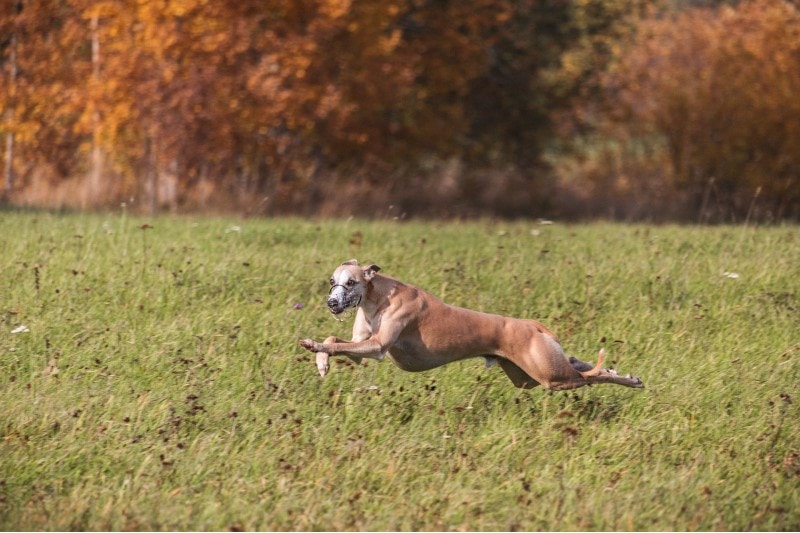
Mental Stimulation
Do not skip out on your Whippet’s mental needs. Some people think that exercise just means physical activity. While physical activity is very important for Whippets, mental stimulation is almost just as important as physical activity. A dog that is intelligent and bored can be a bad combination. If you notice that your Whippet is acting out, getting into trouble, or ripping things up, they could need additional mental stimulation in addition to their physical exercise.
Mental exercise gives your dog activities that work their brain as well as their body. Walks can be a good source of both mental and physical stimulation. If you like to walk your dog, try to take different routes, and let your dog sniff out different areas to increase mental stimulation. If your dog wants to explore an area (safely) or spend time sniffing or looking at things, don’t just yank them along. Let them explore. That will help soothe their brain as well as work their body.
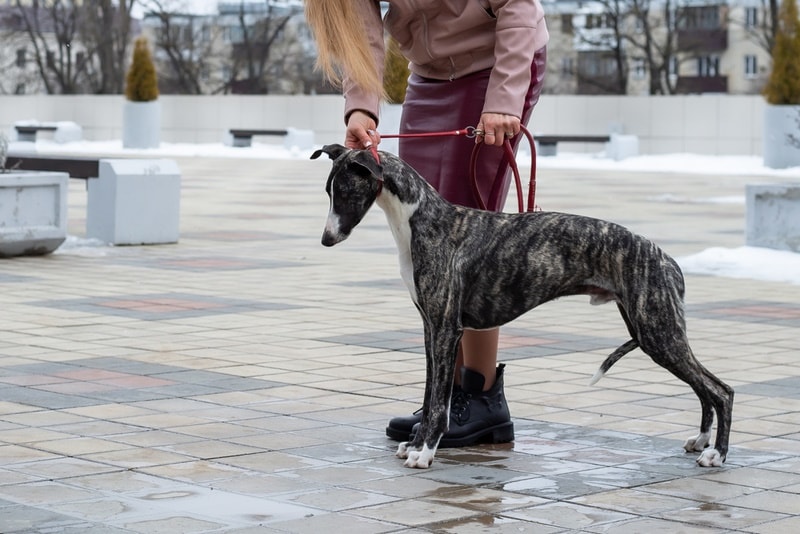
Tips for Properly Exercising Your Whippet
All of that being said, there are some tips that you can use to make sure that your Whippet is properly cared for. Here are some tips and ideas that you can use to help provide the necessary physical and mental stimulation.
- Take your Whippet on two walks per day, one in the morning and one in the evening.
- Take your Whippet to the dog park once or twice per week.
- Bring your Whippet to a safe area where they can run around for an extended period of time at least once per week.
- Ensure your Whippet gets regular chances to sprint.
- Play with your Whippet using toys or games once per day to give them the mental stimulation they crave.
- Consider signing your Whippet up for doggy daycare once or twice per week if you are struggling to meet their mental or physical stimulation needs.
- Use a puzzle bowl or treat feeder to provide mental stimulation during mealtimes.
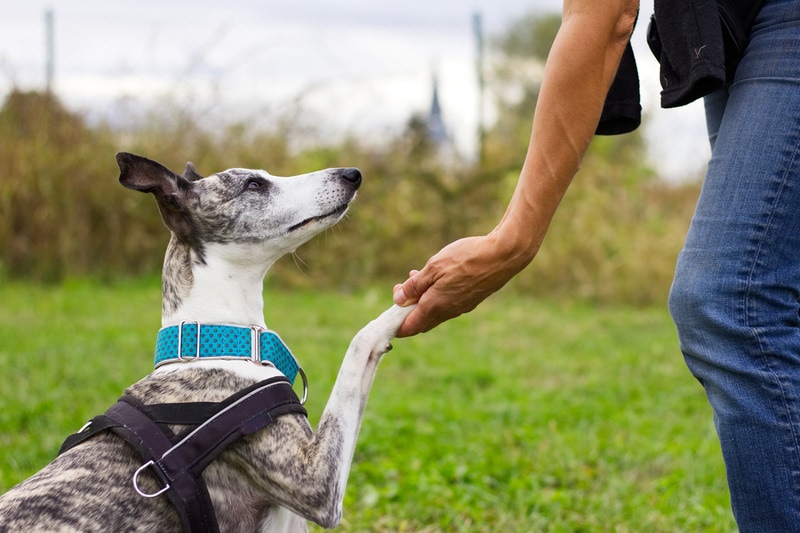
Conclusion
Whippets should get an average of one hour of exercise per day. Some dogs will need more exercise than that, especially if they are young. Whippets also need mental stimulation to keep them calm and friendly during long, boring days. You should work to provide both adequate mental and physical stimulation to keep your Whippet happy and healthy.
Related read:
- 13 Surprising Whippet Facts That Will Amaze You
- 12 Whippet Pros & Cons: What to Know Before Getting One
Featured Image Credit: No-longer-here, Pixabay


